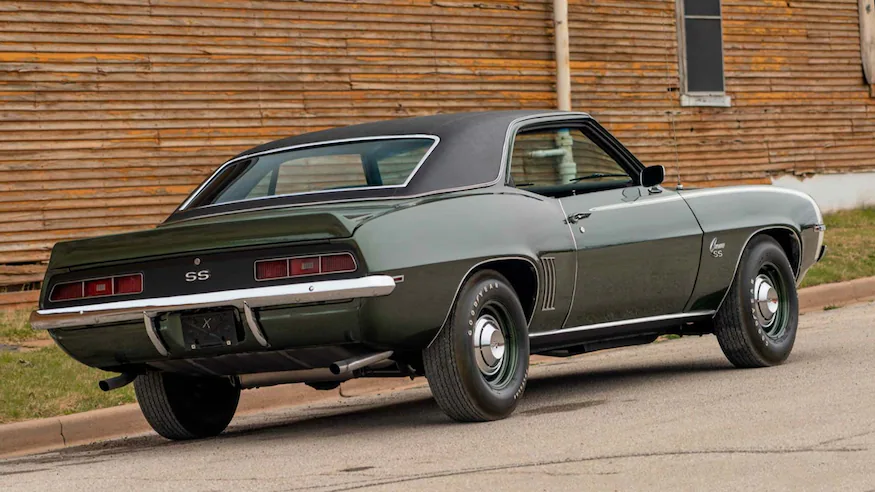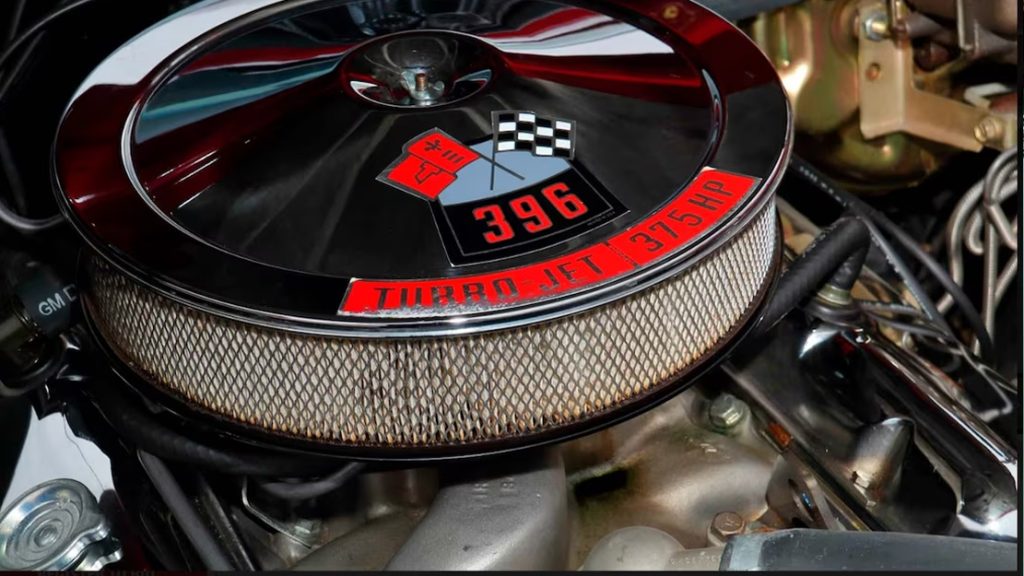In the heyday of hot-rodding, the big three automakers (Chevy, Ford, Mopar) went all out to entice performance-seeking buyers. Customers could customize their hot rods by selecting from an extensive list of options. The 1969 Camaro boasted a variety of drivetrain configurations, ranging from a column-shifted straight-six to a powerful all-aluminum 427 big-block paired with a four-speed manual transmission.

How Many L89 Camaros Were Built In 1969?
Out of over 250,000 Chevy Camaros produced in 1969, a mere 311 were equipped with the elusive aluminum-headed L89 big-block Chevy engine. The L89 option catered to discerning buyers and was only available with the standard 375-hp L78 big-block engine. The aluminum heads reduced the Camaro’s front weight by 70 pounds, highlighting the heaviness of the iron heads.

What Was the Price Difference Between the L89 and L78 Big-Block Options?
The L89 option was not inexpensive; it added an additional $394.95 to the $316 base cost for the 375-hp L78 big-block, which almost 5,000 customers chose. The L89’s price exceeded that of the entire big-block it upgraded, explaining its limited popularity. It’s important to remember that $400 was more significant in 1969 than it is now. A 1969 base model Camaro cost around $3,000, so adding $700 for an engine upgrade was a substantial financial commitment.
Fun fact: When the RPO L78 big-block engine, the foundation of the L89, was introduced in 1965, it was originally rated at 425 hp but was later reduced to 375 hp. This may have been done to simplify insurance, promote the eventual 427 big-block, or both. Regardless, it was a paper chase, as the components in both the 425-hp and 375-hp engines were identical.

Why Were Camaros’ Big-Blocks Limited to Under 400 Cubic-Inches?
Despite the addition of the costly L89 aluminum heads to the L78 big-block, the official 375-hp rating remained unchanged. However, it’s widely believed that the L89 was significantly underrated. In 1969, General Motors issued a directive limiting F-body cars to engines with a displacement of no more than 400 cubic inches. This restriction was later circumvented by builder/dealers like Dick Harrell and Don Yenko, resulting in the Central Office Production Order (COPO) program and the 427 engine’s inclusion in the Camaro lineup. However, the L89 reigned supreme among options available through standard Chevy dealer showrooms.

Differences Between L78 And L89 Engines
The L78 featured a solid-lifter cam, a forged-steel crank, and forged domed pistons, resulting in a premium-gas-friendly 11.0:1 compression ratio. Although the label claimed 375 hp, the engine was identical to the 425-hp version, and many believe even that figure was an understatement. The L89 option reduced weight but was not visually striking, as it didn’t alter the 375 hp sticker on the air cleaner. Only dedicated racers valued the weight savings, which is why so few invested in the option. Ultimately, those who did made a wise decision.

This 1969 Camaro, lot number S152.1, is being auctioned without reserve at the 2023 Mecum event in Houston, Texas. The numbers-matching vehicle features a JJ-suffix L89 big-block, an M22 four-speed transmission, and a 4.10-geared posi rear end. The SS model is finished in Fathom Green with a black interior and comes from the Horton Classic Car Museum Collection, where it has been patiently waiting for a chance to hit the road once more.

Astonishingly, two of the 311 L89 Camaros sold in 1969 will be available at the Mecum Houston auction. This Camaro, lot S134, boasts a JM-suffix 396ci/375-hp big-block paired with an automatic transmission. Adding to its unique story, this L89 Camaro was sent to Dick Harrell’s performance center, where it received Hooker headers and traction bars before being shipped to Hoffman Chevrolet in New York. In May of 1969, the car returned to Harrell for the installation of subframe connectors, a larger cam, a three-angle valve job, and other modifications. While the Harrell connection is appealing, we would still prefer the Fathom Green Camaro due to its four-speed transmission. However, for those in search of a rare automatic model, this presents a remarkable opportunity, and it’s being sold without reserve.